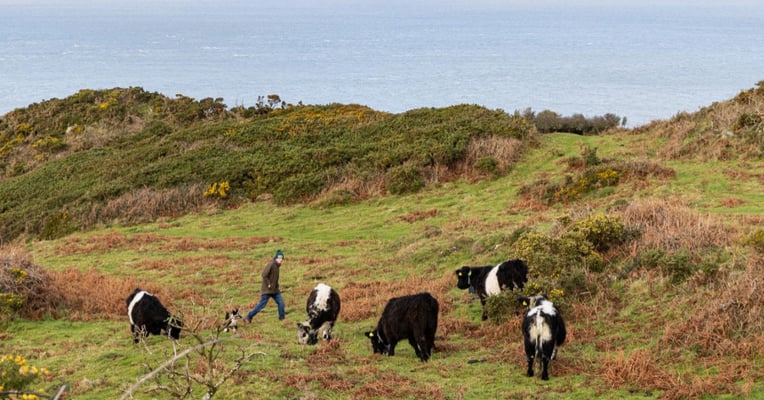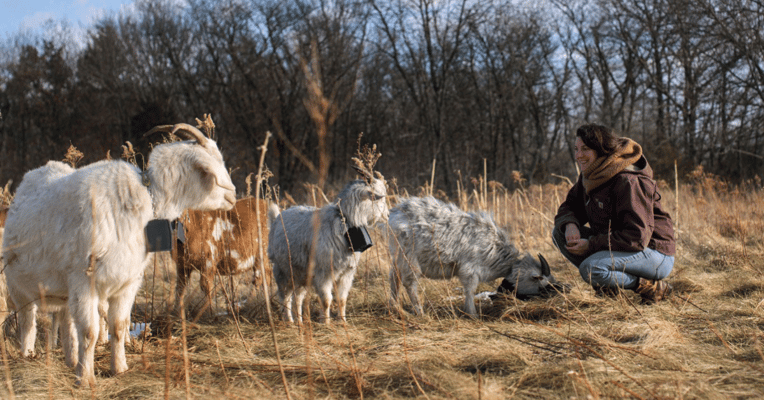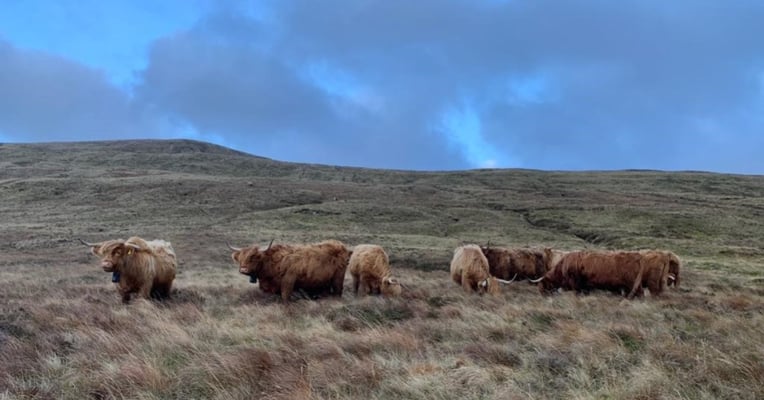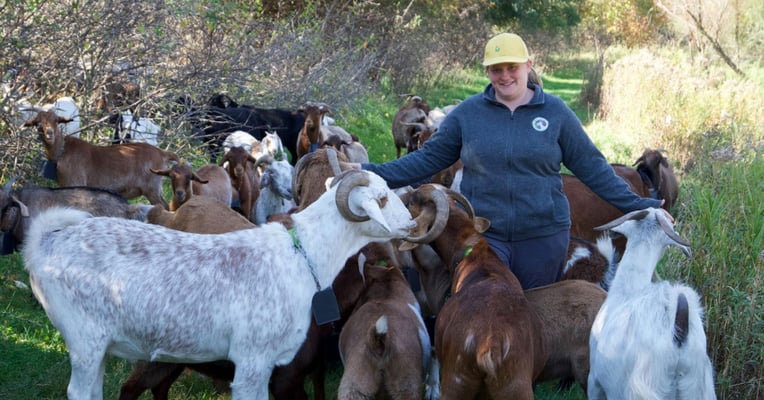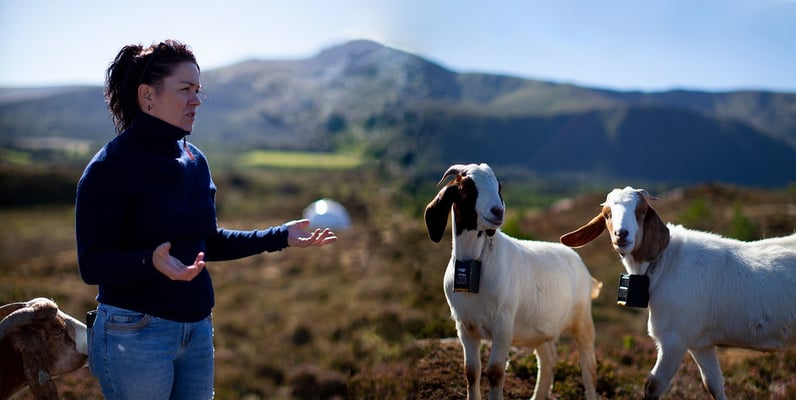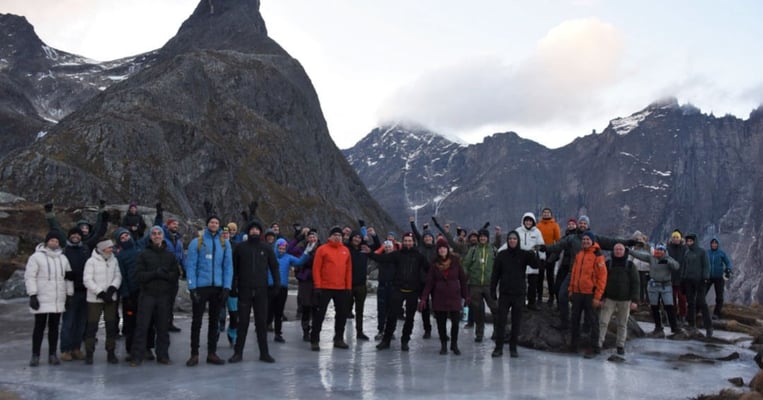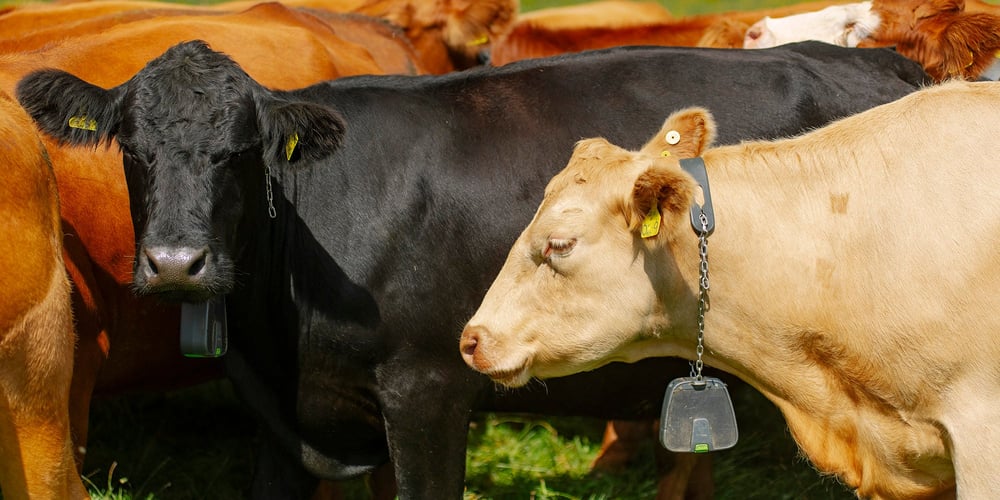
3 ways virtual fencing opens up regenerative arable systems for livestock integration

As more arable farmers look to slash nutrient input costs and improve field conditions through regenerative agriculture practices, integrating livestock will be essential, says farm consultant James Daniel, Managing Director for Precision Grazing Ltd.
“The synergistic relationship between livestock and crop production – forage and arable – is key to setting up a successful and sustainable regenerative system,” explains James. “Cattle and sheep can convert green plants into meat and manure, the latter containing essential nutrients which are stable and highly plant available. Manure is also full of beneficial bacteria which form the basis of healthy soil, therefore helping to rapidly restore the natural fertility and enable key processes.”
Livestock grazing plants keep them in a vegetive (green and leafy) state where photosynthesis is most active, meaning plants are generating the most glucose via photosynthesis.
“Up to 50 percent of this glucose is then supplied through the roots into the soil to feed the bacteria and fungi. This output also helps to bind soil particles together, forming stable aggregates which retain nutrients and water,” says James. “The fertility gains from grazing animals are considerable, with substantial reductions in artificial fertilisers possible. In short, grazing animals are the most effective and profitable method for regenerating low fertility soils whilst also eliminating weed and plant disease issues. The use of livestock is essential, particularly if the farm does not have access to other sources of organic manures.”
This doesn’t come without its challenges, notes James, primarily when it comes to fencing infrastructure, management resources and the ability to monitor individual animals. Below, he highlights how Nofence virtual fencing is a game changer for arable farms looking to integrate livestock.
Virtual fencing helps overcome physical fencing infrastructure challenges
One of the biggest barriers keeping arable farmers from integrating livestock into field rotations is the upfront cost of physical fencing.
According to a 2015 cost analysis by AHDB, a typical three-line electric fence will cost 40-60p per metre. This doesn’t include costs associated with labour to move and re-erect the fence, which AHDB estimates to be 1.25-2.5p per metre when labour is costed at £15 per hour.
Nofence allows livestock to graze within set perimeters with no physical fencing.
Using the Nofence smartphone app, virtual fence perimeters can be created and monitored. The virtual perimeter is set using a combination of GPS and cellular communication which work with audio signals and solar power on the Nofence collars.
“Once livestock are trained to remain within virtual fencing perimeters, data shows it is uncommon for escapes to occur. However, depending on the farm’s comfort level concerning things like busy roads and neighbouring fields, they may find it necessary to install a physical boundary fence as a security measure,” notes James. “But Nofence will give them a lot of flexibility and benefit within that boundary.”
Improving managed grazing with minimal labour input
Another benefit is the ability to optimise virtual paddock size and shape, allowing arable farmers to protect soil and optimise management with very low labour input.
“Nofence enables stock to be moved regularly to new areas – in the growing season this means optimal pasture utilisation, allowing animals to be moved regularly to new areas with very low labour,” explains James. “This benefit is particularly relevant in the winter where often lower yielding cover/forage crops are grazed meaning large areas need to be offered with animals moved daily to avoid soil damage.”
Monitor livestock with real-time data
Labour savings also come with the ability to monitor livestock movement and location with real-time data. This is also a benefit in improving livestock management and welfare.
“If the activity of one animal is different to the group or if one exits the boundary, farmers are alerted via the Nofence app and can react immediately,” says James. “This doesn’t replace the need to routinely check livestock in-person, however, it does improve livestock management and welfare by allowing farmers to track individual animal movement throughout the day.”
